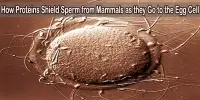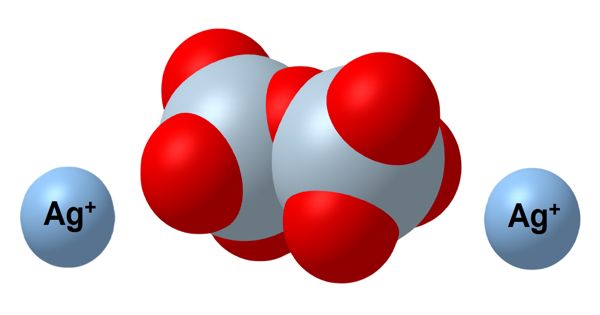Scientists have used cutting-edge microscopy to visualize molecules practically at an atomic level in order to reveal the inner workings of one of the most significant and intricate “nanobots” operating within our cells.
The crucial process that activates the spliceosome, a component of cellular machinery that enables cells to synthesize complex proteins, has been revealed by their recent study, which was published in Nature.
Scientists hope that by figuring out the exact mechanism by which the spliceosome is triggered, they may be able to develop more potent cancer medicines that use it as a target.
State of the art microscopy
An international team of scientists from The Institute of Cancer Research, London, and the Max Planck Institute for Multidisciplinary Sciences in Germany employed state-of-the-art biochemical and cryo-electron microscopy (cryo-EM) methods to study the spliceosome in intricate detail and answer long standing questions about how it works.
The spliceosome operates like a nanobot, processing RNA genetic instructions copied from DNA in a key step to allow the building of complex proteins.
The spliceosome slices and modifies RNA code, propelled by molecular motors known as helicases, to increase the complexity of the genetic instructions so that numerous different proteins can be produced from a small number of genes. This process is called splicing.
Humans only have roughly 20,000 genes, however they can make hundreds of thousands of distinct proteins because to splicing. It might also play a significant role in the fact that while sharing many genes with fruit flies, humans can differ significantly from them.
We used a new engineering technique to reveal that kickstarting the spliceosome requires the help of two distinct motors, PRP2 and Aquarius. This is a breakthrough finding in our understanding of how the spliceosome and its molecular motors operate.
Professor Vlad Pena
Hallmark of cancer
Spliceosome mutations, which lead to the synthesis of aberrant proteins that support tumor growth or deactivate proteins that defend against cancer, are a hallmark of cancer.
Cryo-EM, a cutting-edge imaging technique that involves fast freezing spliceosomes and bombarding them with electrons to produce a 3D reconstruction of their molecular structure at almost atomic-level resolution, was used by scientists to study the spliceosome.
Additionally, they used cutting-edge biochemical engineering techniques to capture the spliceosome as it was activating, which had never been done before. This gave them the opportunity to analyze the specific molecular processes taking place within the spliceosome, much like an engineer might disassemble an engine on a smaller scale.
Of particular interest was a core spliceosome subunit called SF3B1, which is essential for spliceosome activation. SF3B1 is the most mutated spliceosome gene in cancer, in particular in leukemia, uveal melanoma, and pancreatic and prostate cancer.
The researchers discovered that two molecular motors reshape SF3B1, and in doing so they kickstart splicing.
First, they showed that a molecular motor called PRP2 interacts with SF3B1 and works in a completely new way than was previously thought for splicing helicases. PRP2 “walks” along the RNA strand being processed, all the way to the center of the spliceosome, altering the structure of the spliceosome along the route and assisting in turning the spliceosome into an active state. The scientists think that other helicases might possibly function in this novel and unexpected manner.
Second, they found that another motor, named Aquarius, also acts on SF3B1 and is essential to activate the spliceosome.
The discoveries reflect a significant advancement in our knowledge of the spliceosome and how helicases trigger its activation.
Professor Vlad Pena, Professor of Structural Biology and Gene Expression at The Institute of Cancer Research, London, who supervised the research team said, “The spliceosome is an intricate nanobot that uses molecular motors to process genetic information. This information is passed on and forms instructions for building proteins.”
“We used a new engineering technique to reveal that kickstarting the spliceosome requires the help of two distinct motors, PRP2 and Aquarius. This is a breakthrough finding in our understanding of how the spliceosome and its molecular motors operate.”
“Splicing is often dysregulated in cancer, and we hope our work will inspire new research which will contribute to the design of new cancer drugs that can target the splicing process.”
Discovery could pave the way to better cancer drugs
Professor Kristian Helin, Chief Executive of The Institute of Cancer Research, London, said, “These exciting findings represent a fundamental advance in our understanding of one of the most important and complex pieces of molecular machinery in our cells. The spliceosome not only enables complex life to exist but, when things go wrong, it can create proteins which help to fuel or sustain cancer.”
“By illuminating the step-by-step process that activates the spliceosome, this research could pave the way to better cancer drugs to control the way it operates within cancer cells.”
















